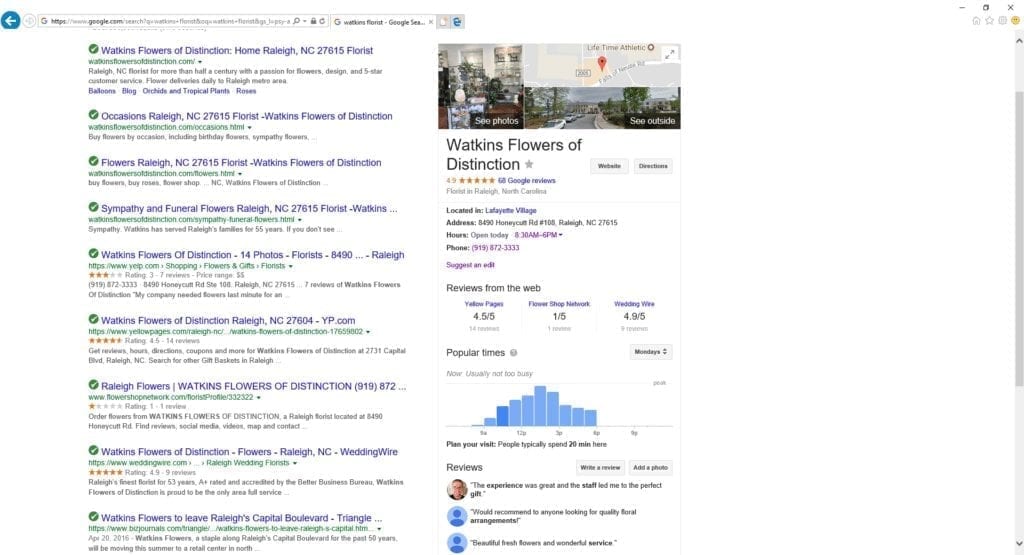
When it comes to building, managing, and protecting their brand identities, radio stations rightfully tend to focus on the most important thing—the on-air product. The reputation management services help one manage and get a peek into how many stations are represented in the digital space indicates some areas of opportunity, both in brand management and Search Engine Optimization (SEO).
One easy step stations can take is to simply search for variations of the station name in Google. Use the street name, call letters, and city. Is the station represented the way it should be?
The title tag is the headline that grabs the attention of the user. Does the title tag show the correct name and the message you want to send? For example, does the title tag indicate your station plays rock music…when you’re a talk station?
A meta description is the text underneath the title tag that follows each search listing. Are you populating this with key features you want the user to remember (music, personalities, contesting), or are you allowing Google to populate this for you?
There are character limits for both the title tag and meta descriptions. Google generally displays the first 50-60 characters of the title tag, and they increased the meta description limit to 300 characters in December, 2017. Exceed the character limit, and you could fall victim to the dreaded “…” before the end of the sentence.
There are free tools available like the Title Tag Preview Tool on Moz.com. The Yoast SEO plugin for WordPress is one of a number of tools that can help you easily navigate character limits, see previews on search engines, and assist with keyword optimization.
Is your station utilizing Google My Business (GMB)?
If not, you may be at the mercy of what Google shows in that expanded box to the right of the search results. Here, Google often pulls information from Wikipedia (which, as you know, is always correct) and Google Images – which can (and often does) show old station logos. These can include old positioning statements or even pre-format flip station names. Setting up a Google My Business account allows you to control that content, and can help you organically improve your SEO (read: free!). Radio stations have some distinct advantages that can be used to their advantage in GMB.
- Images. Google likes when businesses upload lots of photos to their GMB page to “personalize” the company. Many businesses struggle with this. “How many photos can we upload of our boring office?” Radio stations can give listeners a virtual behind-the-scenes tour. How many pictures do you have of the lobby, studios, concerts, and remotes? How about highlighting pictures of important artists at the station or backstage standing in front of the logo?
These photos can be a great digital “teaser” to get more visitors to your landing page and can help your SEO efforts. 360 degree tours has even become a business in and of itself.
- Reviews. When a listener utilizes Google Maps for directions to your station, they’ll see reviews from other listeners. How about encouraging listeners to write a review when you see them picking up a prize or when they stop by a remote?
Here’s an example of a florist in Raleigh, NC that is utilizing GMB. Notice how they’ve got reviews and photos to grab your attention, as well as business information. The box on the right is the length of about nine search listings. Many radio stations, without a proper GMB listing, get a brief description of about three or four listings.

Microsoft also has a free product available, called “Bing Places for Business”. Here you can also set up a free account to better optimize your search results on Bing.
Radio stations are local businesses with large numbers of customers who utilize their product. If other local businesses are successfully using Google My Business, radio stations should as well.
We encourage our client stations to follow the tenets of the Image Pyramid – and to take great care that their brand is represented properly.
There’s no reason why that this shouldn’t be extended to all branding in the digital space.
